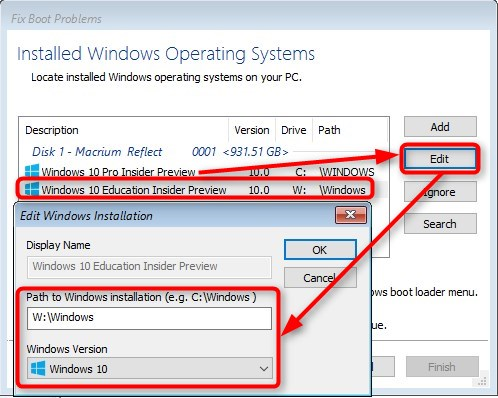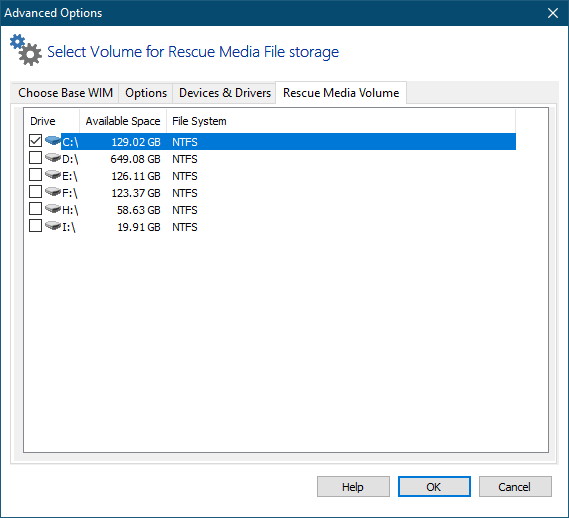

Of course if this verification operation fails immediately after the backup was created, it is likely that it wasn't written properly in the first place as opposed to having been altered in the moment between the end of the backup and the verification check. The latter is established by performing a new hash calculation of each data block in the backup and comparing it against the hash that was originally calculated and recorded in the backup when the backup was first created. All it does is confirm that the backup is completely readable and that it has not been altered since its original creation. The verification operation, even the auto-verify option that runs immediately after a backup, does NOT recheck the data in the backup against the original source data.

I just wanted to see if the same result could be achieved with MR, without having to go to the trouble of testing.Click to expand.There are arguments both ways, but it's important to understand one thing that seems to surprise users. I think I'll stick to the working solution. HP Diagnostics should not be running from the EFI system partition anyway, that should be a function of the UEFI firmware.Thanks a lot, for your time Commander! If the EFI system partition created by Windows setup does not behave the way you want it to, then you can replace with the one from your backup image and you will just have to adjust the BCD entry for Windows by either running the utility provided by Macrium Reflect rescue drive to fix Windows boot problems, or by manually running a bcdboot command yourself. Delete every partition off the drive and do the clean install to a blank, completely 100% unallocated drive (after you make your image backup of the existing partitions first, of course).

Personally, I would do a clean install in the standard way. Well, I would say try it and see what you get.


 0 kommentar(er)
0 kommentar(er)
